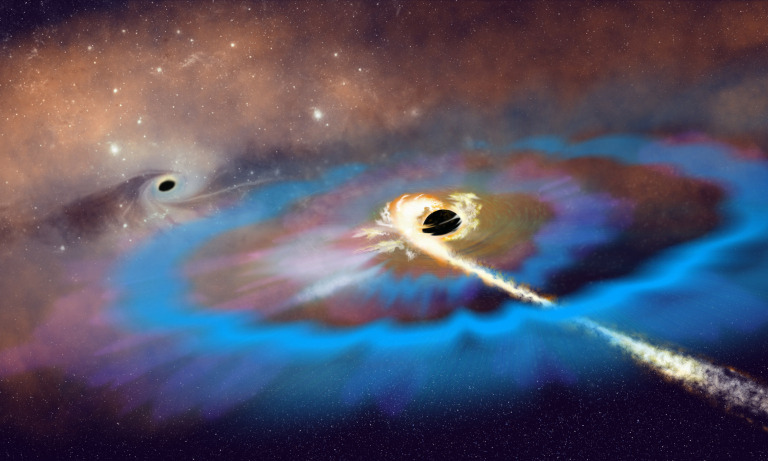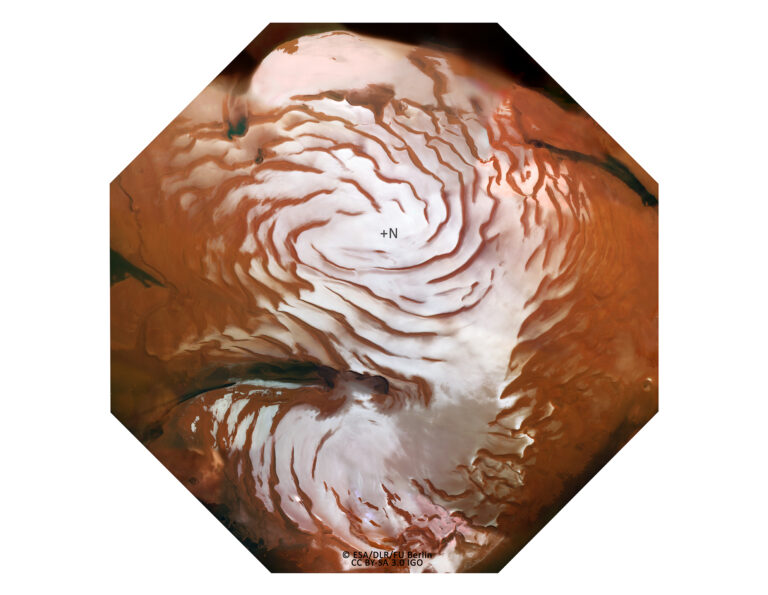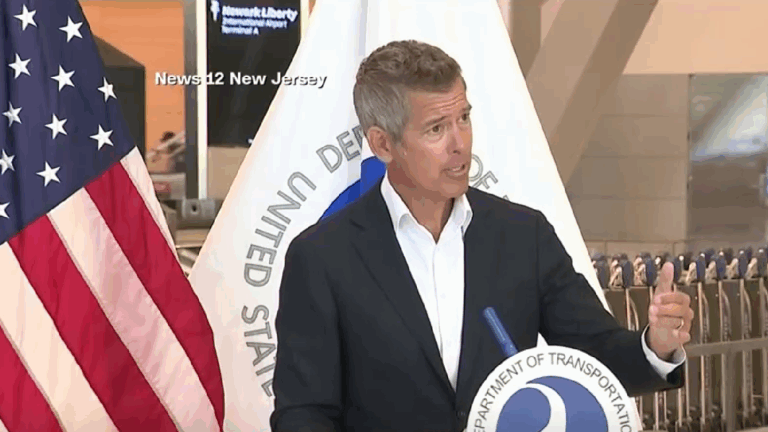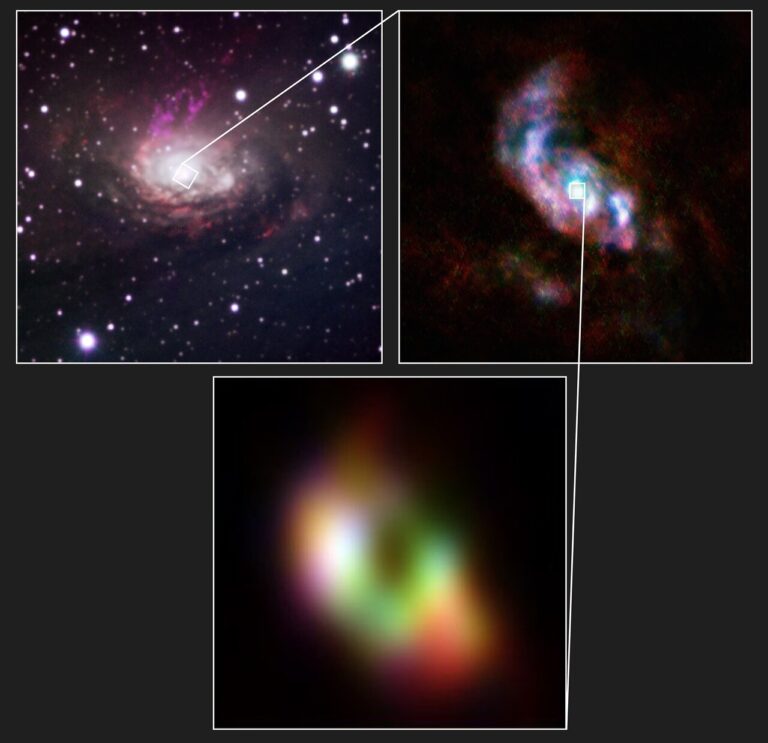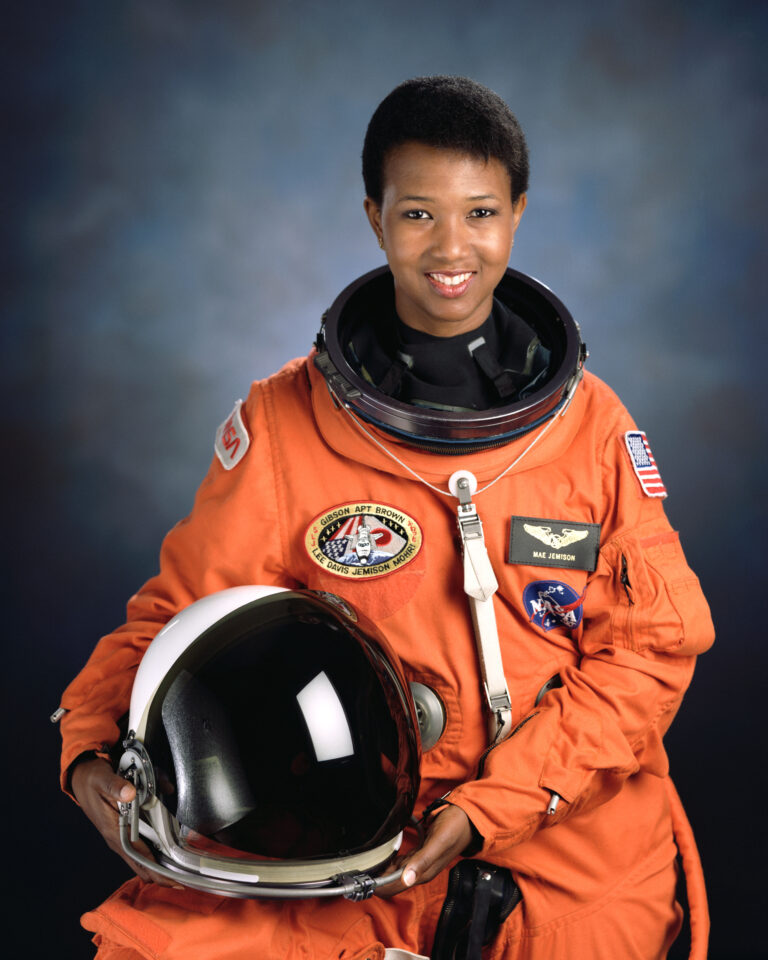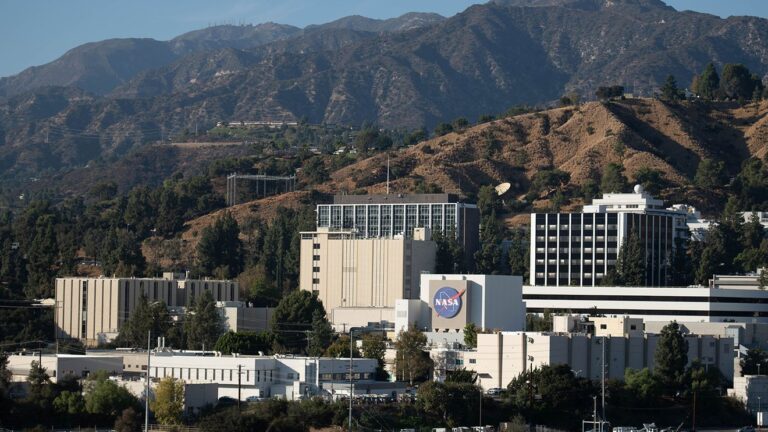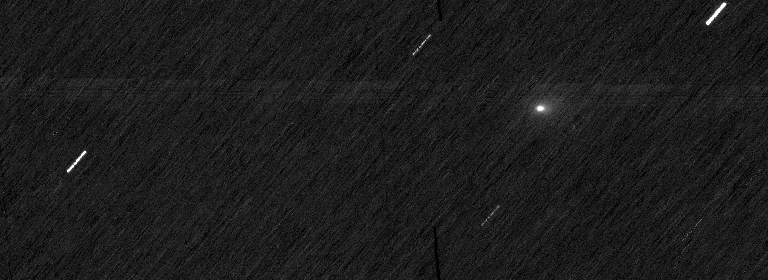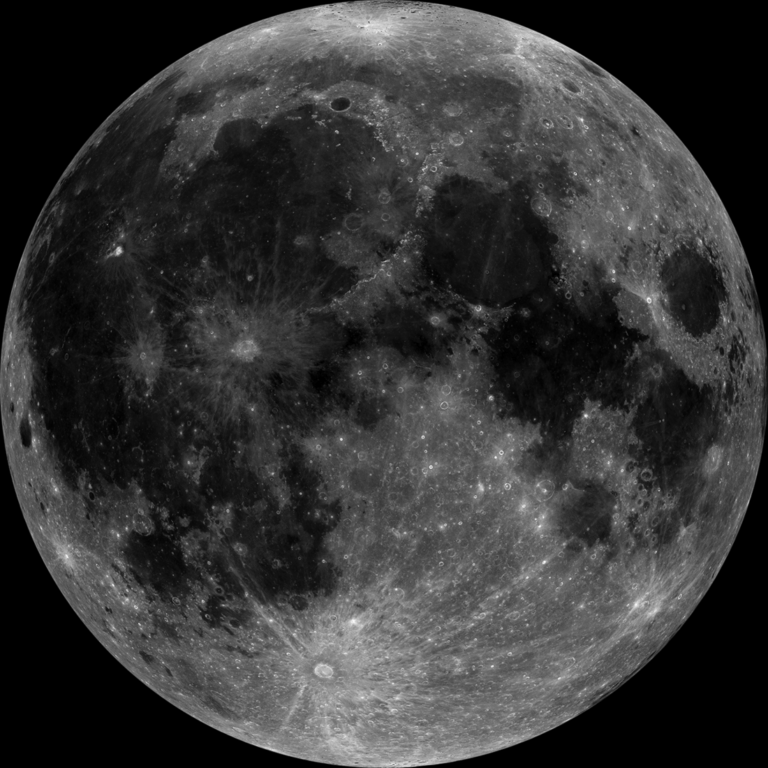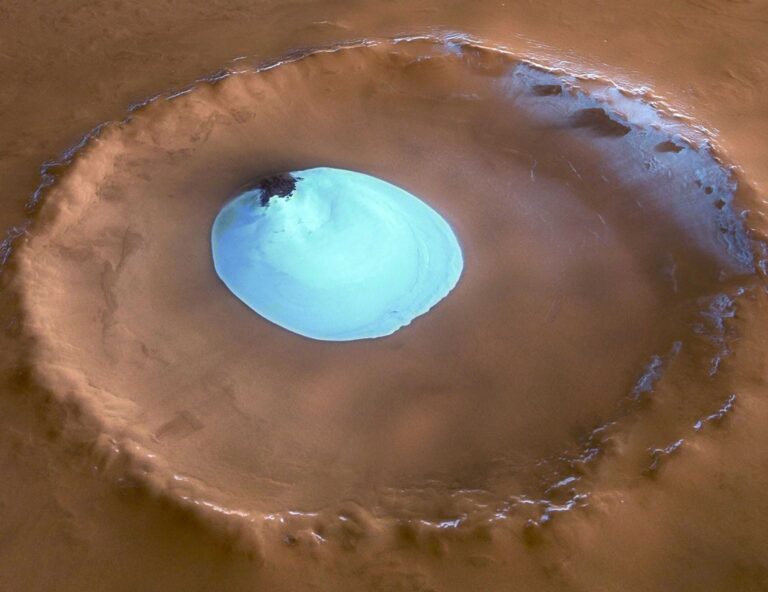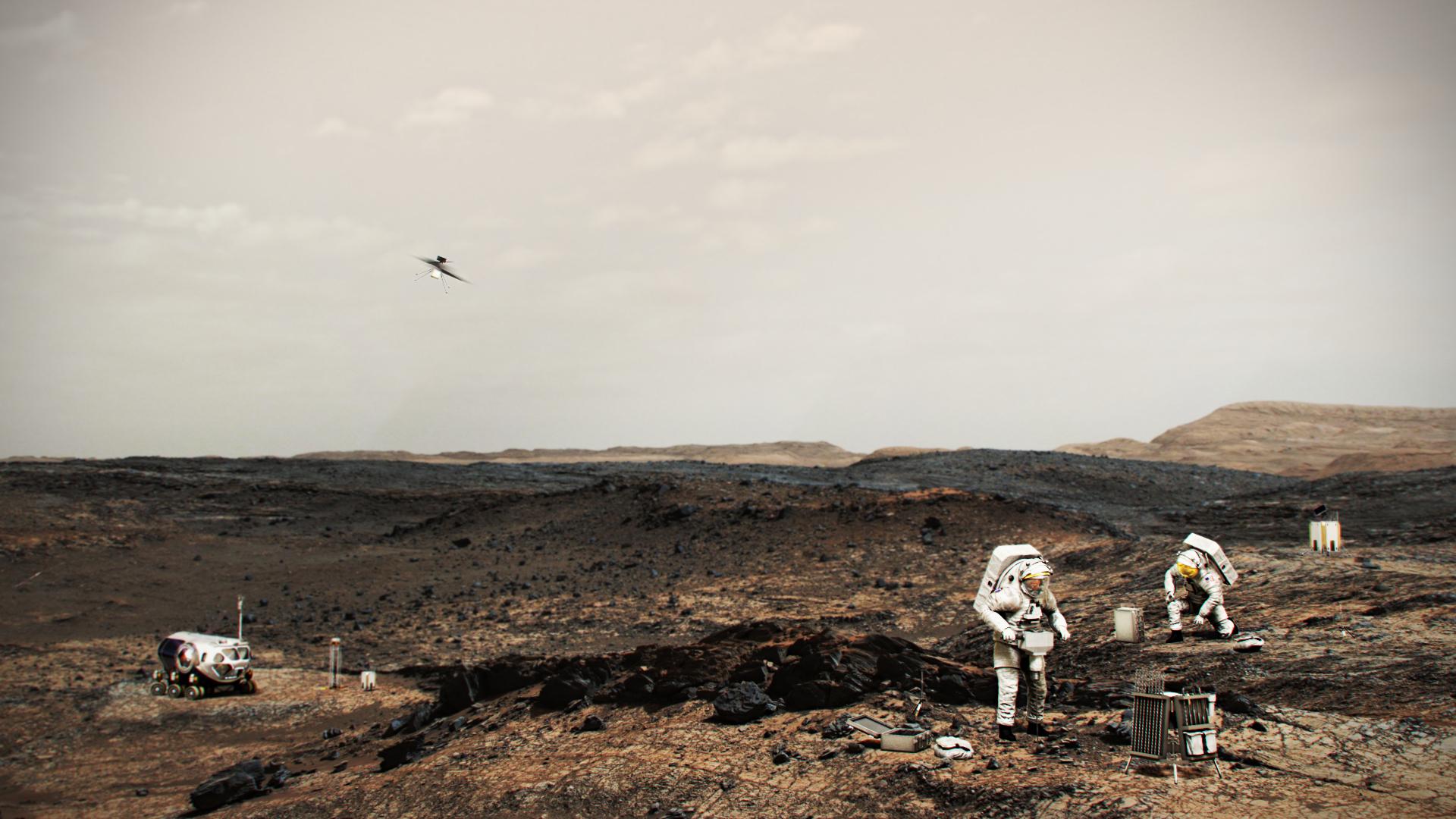
Key Takeaways:
- The emerging subdiscipline of "astroimmunology" has been formalized, focusing on understanding how spaceflight stressors significantly compromise the human immune system.
- A new guide, published in *Nature Reviews Immunology*, synthesizes multiomic data from various missions to establish a mechanistic framework linking specific spaceflight stressors (e.g., microgravity, radiation) to immune dysfunction and latent viral reactivation.
- The guide proposes a clinical roadmap for astronaut health protection, including advanced in-flight immune monitoring, tailored vaccination protocols, and the development of "space nutraceuticals" to counteract immune compromise.
- Insights from astroimmunology research suggest that spaceflight-induced immune alterations mirror aspects of the natural aging process, potentially offering novel perspectives for terrestrial aging research.
As humanity sets its sights on returning to the Moon and venturing to Mars, protecting the travelers who make the journey is a big challenge. A new guide to the emerging field of “astroimmunology” details one of the most critical threats astronauts face — that spaceflight cripples the human immune system — and offers a roadmap for keeping them healthy.
The guide, titled “Astroimmunology: the effects of spaceflight and its associated stressors on the immune system” and published in the Oct. 16 issue of Nature Reviews Immunology, formalizes the new subdiscipline of astroimmunology (the study of the immune system in spaceflight). Led by researchers from the Buck Institute for Research on Aging, NASA, Cornell University, and the European Space Agency, it synthesizes decades of data to understand how spaceflight stressors from microgravity to radiation dismantle immune function.
“The future of humanity will involve living in outer space or on distant worlds for some people. The larger goal of establishing this emerging subspecialty of astroimmunology is to develop countermeasures to protect the health of those exploring life off of Earth,” said Dan Winer, an associate professor at the Buck Institute and lead author of the guide, in a press release.
The health risks are not theoretical. Astronauts on the International Space Station (ISS) and past missions have long reported clinical issues like persistent skin rashes and respiratory illnesses. The stress of spaceflight is known to reactivate latent viruses, such as Epstein-Barr or varicella-zoster (the chickenpox/shingles virus), in crew members. For long-duration flights to Mars and beyond, understanding these risks and protecting astronauts against them will be paramount.
The new guide details for the first time how the various stressors of spaceflight damage immune function. It provides a mechanistic framework, linking the specific, overlapping stressors of space — microgravity, cosmic radiation, altered sleep patterns, and mission-associated stress — to how they collectively alter immune physiology. The authors integrated modern “multiomic” data (looking at multiple sets of biological data, like genes and proteins, all at once) from the NASA Twins Study, the all-civilian SpaceX Inspiration 4 mission, and recent ISS experiments to build their framework.
“Most of the classical human immunology data on spaceflight came from basic phenotyping studies — you could see that spaceflight perturbed the immune system, but there was very little known on why the immune system didn’t function well in space,” Winer said. “Now that investigators have brought multiomics into the work, we and others are able to identify mechanisms and hallmarks of space-related immune dysfunction.”
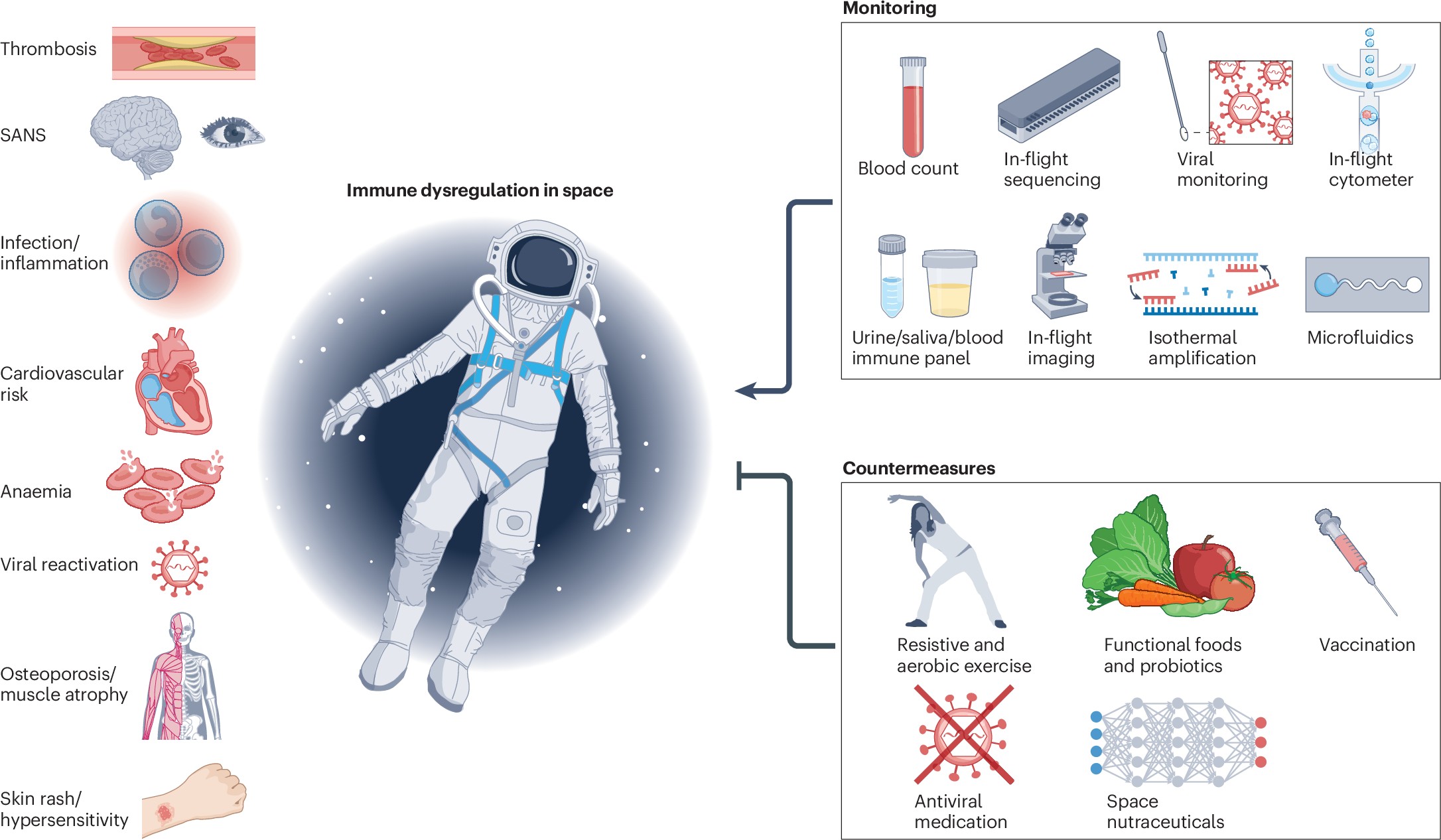
Beyond just using the multiomics data to define the risks of immune dysfunction in space, the guide outlines a clinical roadmap for countermeasures, including advanced immune monitoring in-flight, vaccination protocols tailored for space, and the development of “space nutraceuticals” (health-boosting foods or supplements). This work is informed by previous research from Winer’s lab, which identified Quercetin, a compound found in plants, as a potential countermeasure to normalize immune function in simulated microgravity.
This roadmap is critical as new commercial space stations are planned and missions to the moon and Mars become realities. The authors note new, unstudied challenges, such as how immune cells will function in the one-sixth gravity of the Moon or when exposed to abrasive martian dust. The paper also highlights the need for standardized biobanking, like the Cornell Aerospace Medicine Biobank (CAMBank), to study samples from space travelers.
This new level of detailed analysis is what will ultimately protect future crews, according to. Christopher Mason, a professor of Genomics, Physiology, and Biophysics at Weill Cornell Medicine and co-author of the paper. He said scientists can now “track precisely how each cell of the immune system adapts to space and varied planetary environments, which can guide preparations for new missions and help keep astronauts safe.”
The guide also suggests its research may unlock secrets not just for space, but for aging on Earth. The data show that in many ways, spaceflight’s toll on the immune system mirrors the natural aging process.
“Spaceflight is an excellent model for accelerated aging,” said Huixun Du, a lead author of the study and recent Ph.D. graduate from the Winer lab. Du explained that in microgravity, mitochondria — the cell’s powerplants — become less efficient and produce damaging free radicals, a process identical to one seen in aging. The cytoskeleton, which gives cells their shape, also becomes disorganized.
“What if that same disorganization happens in aging?” she asked. “Studying this phenomenon in space could jumpstart efforts aimed at keeping our cells healthy as we age.”
As the new field of astroimmunology takes off, its findings will be essential to helping humans live not only longer in space but also healthier on Earth.

